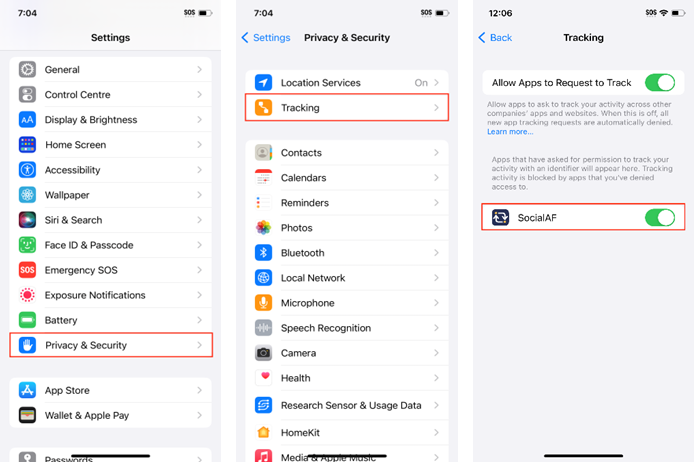AdFreeway Adgraph
Is there a better way? I asked myself that question many times about advertising on the Internet. From 2000, during my time with Kazaa to 2010, with Skype now 2020 and we may just be ready! We tried several iterations, many different models, crossed technologies and standards, but it always came back to the right of the end user!
Since Google first crawled the web, compliant web servers have entertained bots, users resigned themselves to rights exploitation all the while advertising standards shielded brands. Legacy media management systems of the first 15 years entrenched retrospective ad serving. To this day, the faithful cookie ensures a steady stream of similar product impressions - after you have completed your purchase!
Cookie lifespan is ever shorter, squeezed by the big players to benefit their walled gardens and mobile media is strictly contained in applications, which make internet media increasingly attractive to big brands. That’s good, but how do things shape up for users paying more for internet access, web services and ad sponsored media?
Can a viable model break with legacy and improve the users lot? We wondered through 2017 and 2018 as increasing numbers turned to ad blockers for help. A direct user driven improvement of ad performance is the only way to underwrite an economic redistribution, but how? We came up with a plan that we tested over two years in WiFi gateways.
We offered each user free coffee’s or ice-cream in exchange for a vote on random A-B-C campaign creatives and challenged their votes, against other votes competing for impressions to users with similar navigation profiles. Winners obtained payment multipliers because they improved ad performance.

The race conditions for a win are described;
1. users are nodes, URL-App navigation history are edges that cluster similar users
2. 6 potential vote states exist for 3 Yoga Studio creatives
3. Like votes enter creative to race for impressions to similar users
4. Earnings multiplier is a measure of aggregated Click Through Rate (CTR)
Our pilots produced great performance enhancements, so we took them out of WiFi gateways and tested them in the wild. Interpublic’s Cadreon group and The Trade Desk have been very helpful. We saw enough to convince us that it’s time to begin redistributing some of the economic benefits of improved ad performance to end users. Wish us luck!
1. users are nodes, URL-App navigation history are edges that cluster similar users
2. 6 potential vote states exist for 3 Yoga Studio creatives
3. Like votes enter creative to race for impressions to similar users
4. Earnings multiplier is a measure of aggregated Click Through Rate (CTR)
Our pilots produced great performance enhancements, so we took them out of WiFi gateways and tested them in the wild. Interpublic’s Cadreon group and The Trade Desk have been very helpful. We saw enough to convince us that it’s time to begin redistributing some of the economic benefits of improved ad performance to end users. Wish us luck!




👍
ReplyDelete👍
ReplyDelete👍
ReplyDelete
ReplyDelete👍
👍
ReplyDelete,👍
ReplyDelete